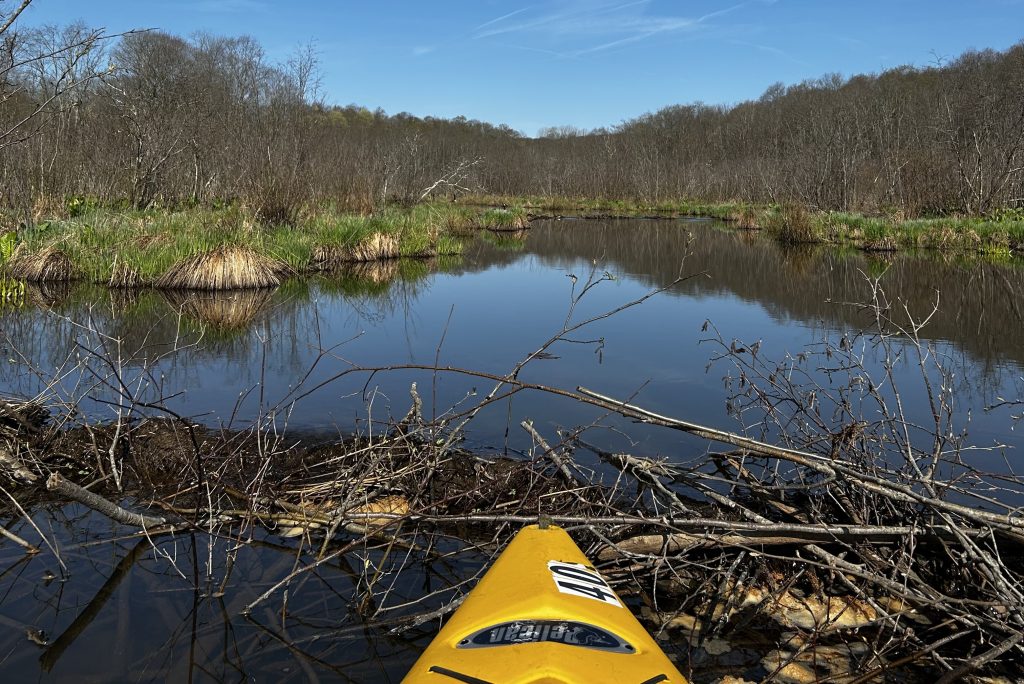Smokey has a new buddy
We all know about Smokey Bear but researchers at the University of Minnesota have found a new partner in the battle against forest fires and his name is Smokey Beaver.
In 2020 the second largest fire in Colorado history torched 200,000 acres, killed two, and incinerated everything in its path, jumping the Continental Divide to destroy historic buildings at Rocky Mountain National Park.
In the end, just about the only thing left untouched were the beaver ponds. This was not surprising as beavers build ponds and dams and store water. The article in the June National Geographic mentions that beaver ponds and canals thoroughly irrigate the landscape and give wildlife and even livestock a retreat from forest fires. Although fire has long been a natural regeneration, today’s mega fires that plague the west are a different matter; stoked by the fires of climate change.
The study concluded that beavers can be part of comprehensive fire mitigation. By building dams that slow stream flow, beavers create reservoirs of water that help combat drought. The wetlands they create furnish safe habitats for other animals. There are entire rivers that are unaffected by these fires. Reeds are growing, pine needles are still on the trees, everything is full of life. Beaver ponds also catch ash and debris from the fires shielding downstream fish and drinking water.
Once hunted to near extinction for their pelts and later villainized as a nuisance, beavers have rebounded. The article goes on to say that nowhere is their return more necessary than in the climate stressed American West, where beaver restoration is unfolding. In the 1500s, beaver pelts came into vogue in Europe and were used for elegant hats. To meet demand, fur trappers and traders purged beavers from every waterway, and as the animals vanished, wetlands dried up and streams eroded.
By the 1900 hundreds of states began enacting trapping restrictions and slowly the beaver population returned. Just as our climate woes have multiplied, their usefulness has grown more appreciated. Beaver ponds store and gradually release rainfall and snow melt that is so beneficial when the hot dry weather returns each summer. By allowing water to seep into floodplains, they also hydrate soils and help to recharge aquifers.
Beavers and their ponds are a perfect self-maintaining system; after every storm they come out and patch things up for free as part of their partnership with the land they occupy. The best thing we can do is to partner with them in places they have chosen to live.
I love to kayak and paddle up to the beaver dam and wetlands above Deer Lake in the mountains and marvel at their construction and lifestyle, reflecting on all that nature offers us.
Keep up the good work Smokey.



